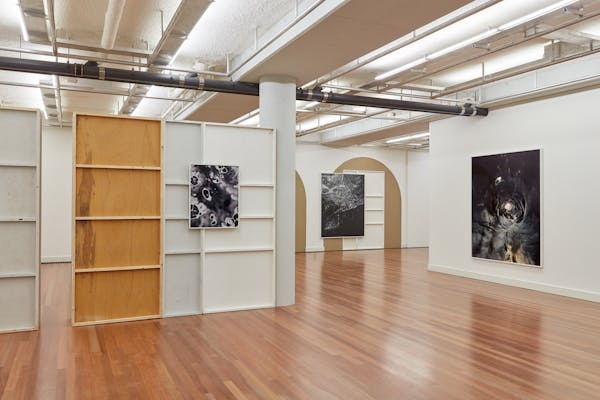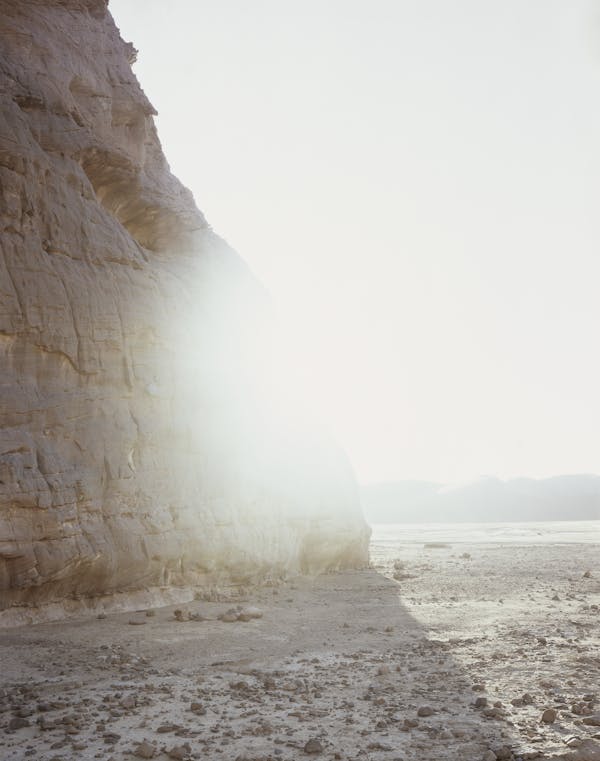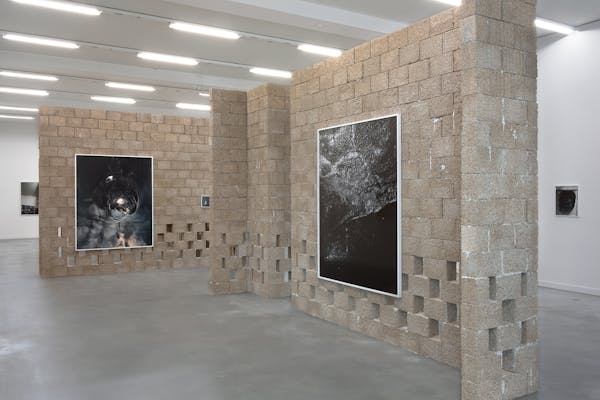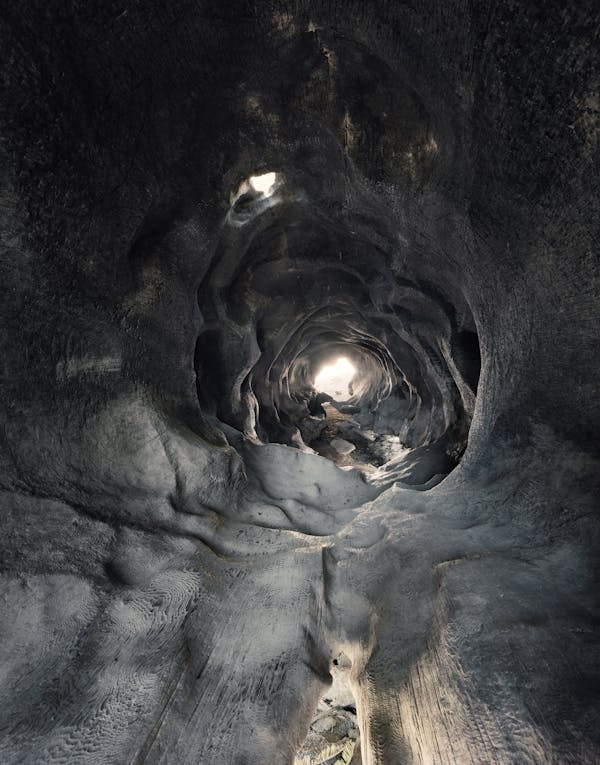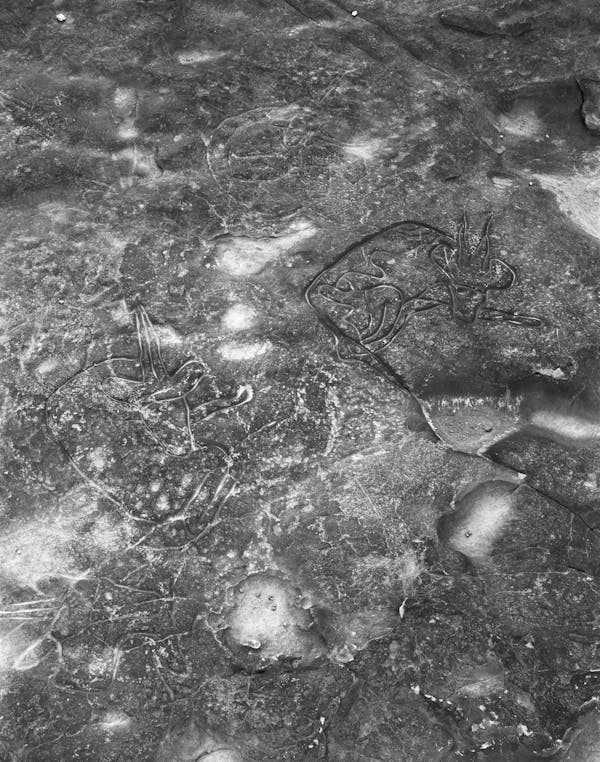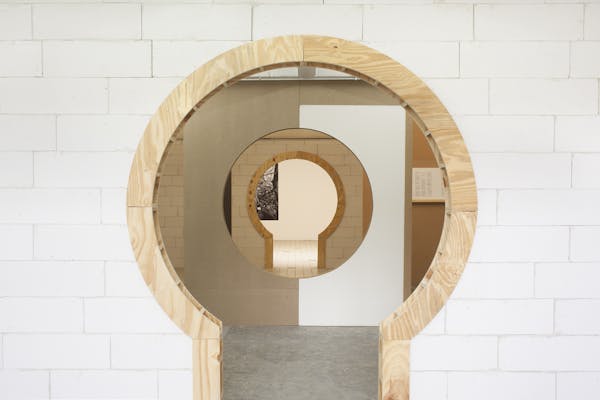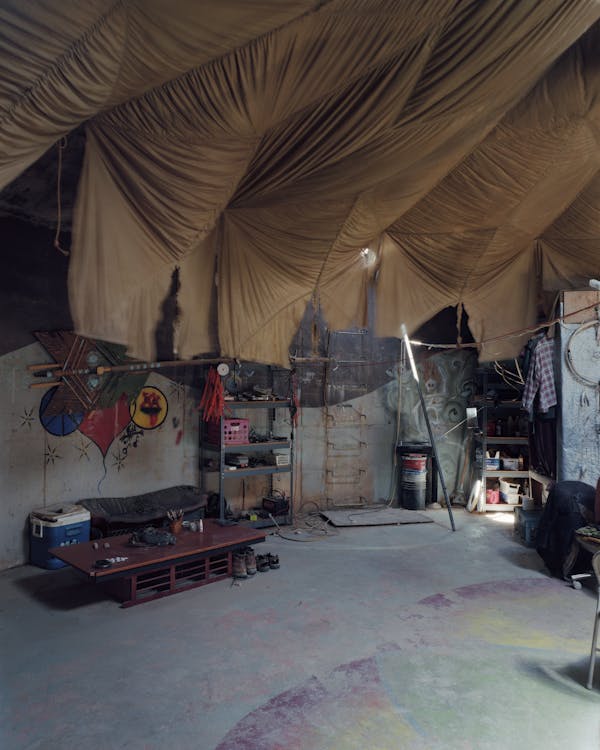Jim Campers (°1990, BE) grew up in Antwerp (BE), where he still lives
and works today. Between 2009-2011, he trained as a photographer at Brussels’ Sint-Lukas and at the academies of Leipzig (2011) and Antwerp (2012-2013), the latter where he obtained his MA. While he embarked on his artistic journey through photography, Jim Campers’ practice progressively embraced installations, sculpture and – more recently – video pieces.
In 2018, he was invited for his first solo exhibition Forward Escape into the Past at the M - Museum Leuven (BE). Within this framework, he produced his first artist book bearing the same title. That same year, he had his second solo show at De Brakke Grond in Amsterdam (NL). Recently, his work was shown in a solo exhibit entitled Across Realtime in Ostend’s Salon Blanc (BE).
He has taken part in the following group shows (non-exhaustive list): De Tien, M-Museum Leuven, On the Moon and on Earth – Make way for dreamers! – Fotografia Europea Festival, Emilia (IT), Photobook Belge – Recent Publications, Fomu, Antwerp (BE), Plat(t)form 2018, Fotomuseum Winterthur, Winterthur (CH), Changing Perspective: A Multi-Camera Experience, Fomu, Antwerp (BE), In the wake of his surrounding, he fades, Extra City, Antwerp (BE).
